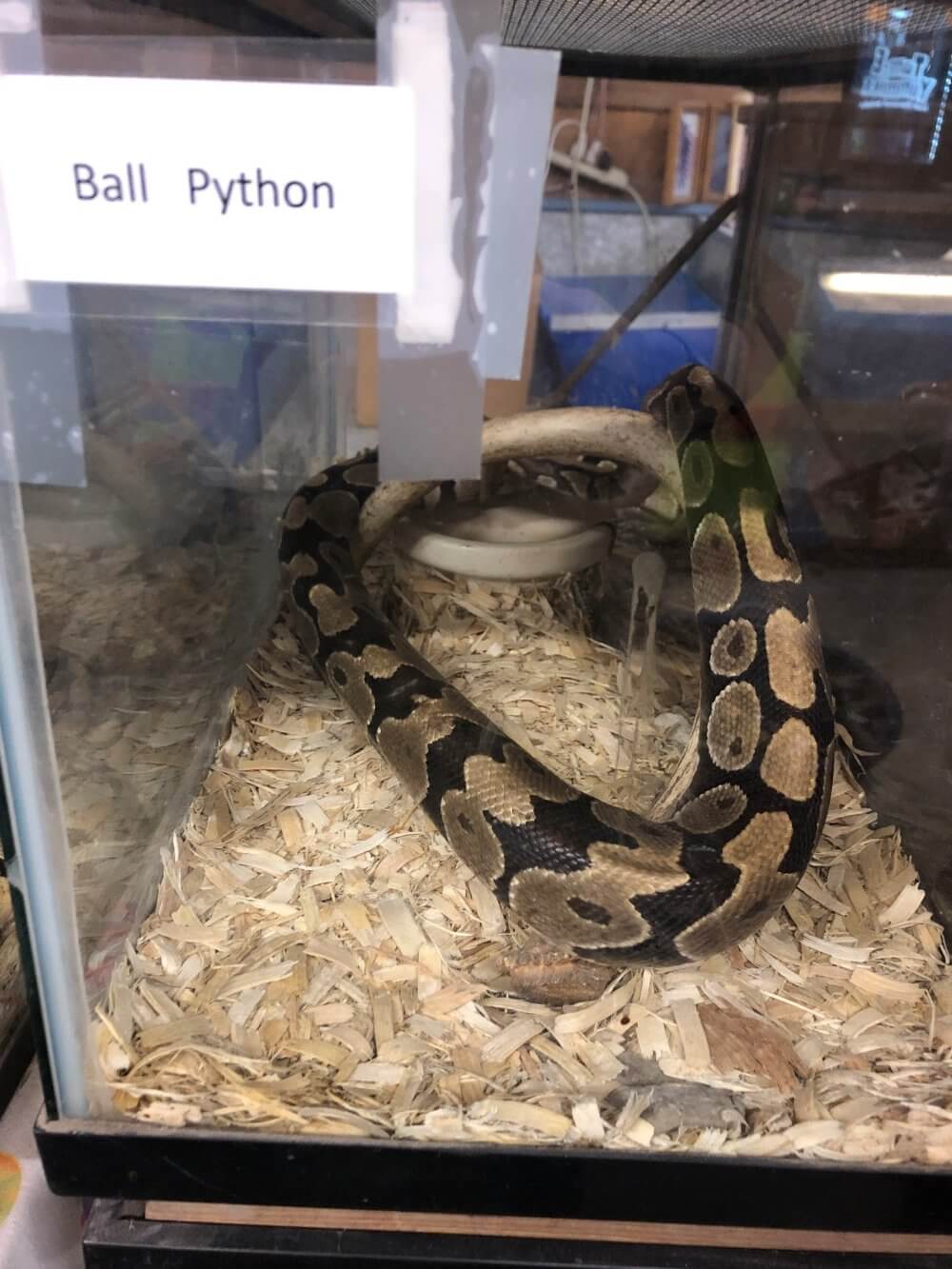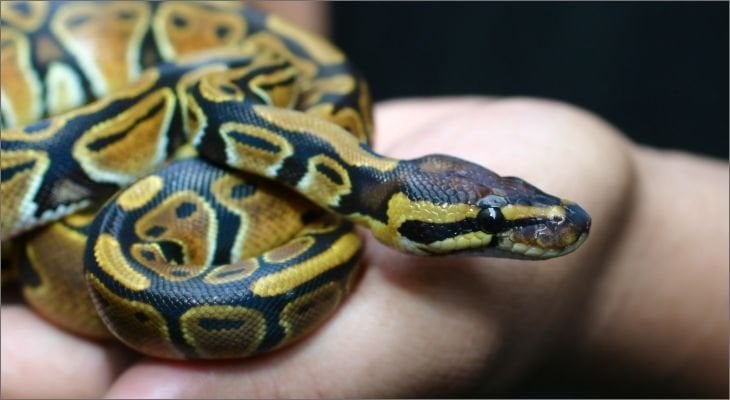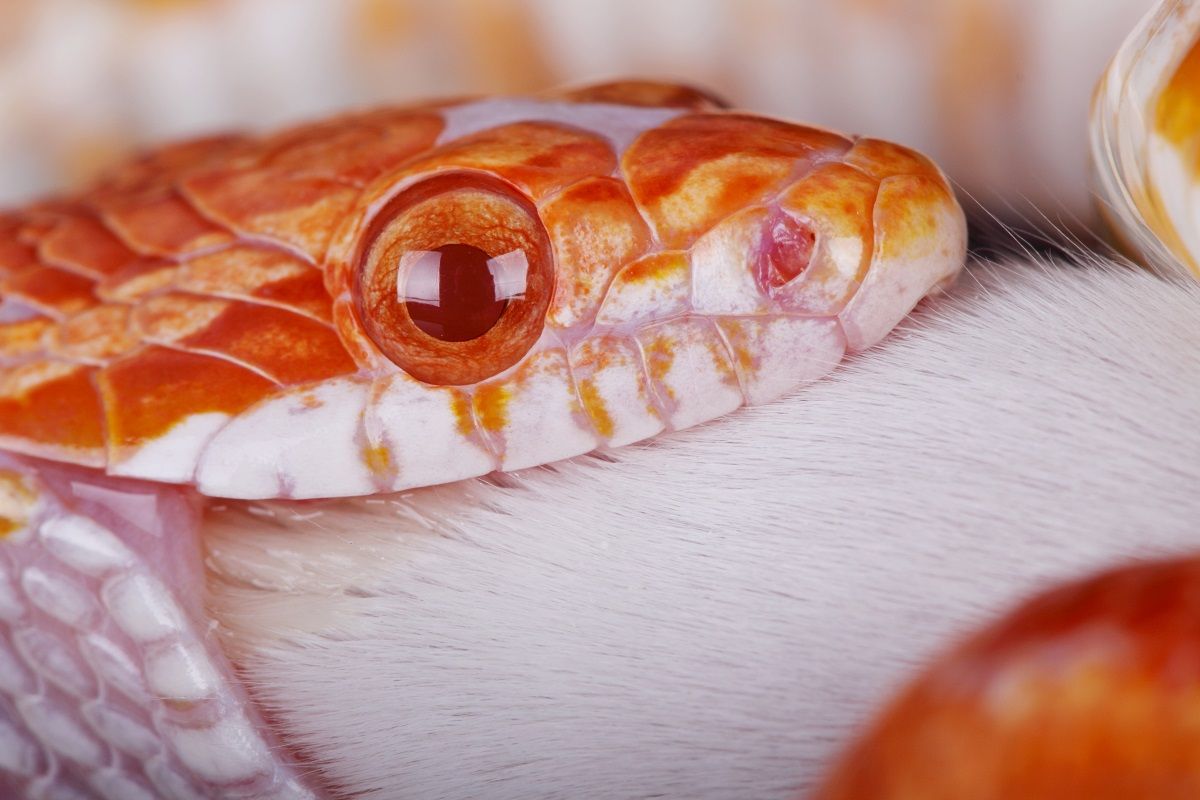Vital Care Tips for Pet Dog Snakes: A Beginner's Overview
As beginner reptile fanatics begin on the journey of looking after pet serpents, comprehending the fundamental principles of appropriate husbandry is critical. Establishing a solid structure for the health of these fascinating creatures includes a series of crucial treatment tips that can make a considerable distinction in their health and wellness and joy. From picking the appropriate snake types to producing an appropriate environment and preserving optimal ecological problems, each step plays a vital role in fostering a prospering relationship in between proprietor and serpent. By checking out the details of snake care, people can open a world of understanding that will certainly not just benefit their scaly friends but likewise strengthen their admiration for these amazing animals.
Choosing the Right Snake Species
When selecting a snake species as a pet, it is essential to consider elements such as care, dimension, and personality demands. These aspects play a significant role in ensuring that the proprietor and the snake have a harmonious and fulfilling partnership. Dimension is a necessary factor to consider as it directly impacts the area needed for the serpent to grow easily. Some types, like the Ball Python, remain fairly small, making them suitable for newbies or people with limited room. On the various other hand, species such as the Burmese Python can expand rather large, requiring an extra considerable enclosure and specialized treatment.

Establishing the Ideal Enclosure
To create an optimal living setting for your pet dog serpent, careful interest to detail is called for when establishing the unit. The first consideration is the dimension of the unit, ensuring it offers ample room for your serpent to move and stretch out comfortably. A basic policy of thumb is to have a storage tank that is at the very least as long as the snake's length and broad adequate to permit for various concealing areas and a water bowl.
Substratum choice is crucial, as it not just affects the aesthetics of the unit but additionally contributes in keeping proper moisture degrees. Popular substratums include aspen shavings, cypress mulch, and paper towels, each supplying different advantages depending on the serpent varieties and preferred humidity degrees.
Incorporating a temperature level slope is vital for your serpent's overall health and wellness. Make use of heat lights, heat pads, or ceramic heating units to develop a warm side and a cooler side within the room, permitting your serpent to regulate its body temperature level as required. Additionally, offering adequate lights, hiding areas, and climbing up branches will certainly offer enrichment and stimulation for your pet dog snake.
Providing Correct Heating and Illumination
Correct heating and lighting are necessary parts in creating an appropriate environment for your pet snake. Snakes are ectothermic, indicating they count on exterior image source sources of heat to regulate their body temperature. To simulate their natural surroundings and guarantee your serpent's health, it is crucial to offer an appropriate warm gradient within the room. This gradient includes a warm basking area at one end, preserved at around 85-90 ° F for a lot of snake types, and a cooler area around 75-80 ° F at the other end to allow for thermoregulation.
For home heating, under-tank home heating pads or warm tape are typically used to develop a cozy area for your snake to bask. It is essential to keep track of the temperature frequently with a reputable thermometer to prevent getting too hot or cooling. Additionally, serpents need a constant light-dark cycle to preserve their circadian rhythm. Making use of a full-spectrum UVB light can be helpful for sure species to assist click for more info in vitamin D3 synthesis.
Bear in mind to research the specific home heating and illumination requirements for your serpent species to give a healthy and comfy environment for your pet dog. snake for sale.
Establishing a Feeding Regimen
How can pet dog snake proprietors ensure a balanced and consistent feeding routine for their reptile friends? Establishing a feeding routine is essential for the wellness and well-being of animal serpents. Snakes have varying feeding regularities based on their types, age, and dimension. Research the certain nutritional needs of your snake varieties to determine the proper feeding schedule. Normally, grown-up snakes are fed when every 1-2 weeks, while more youthful serpents may require more frequent dishes.
When feeding your serpent, choose appropriately sized prey products. The dimension of the victim need to match the snake's girth for proper digestion and to prevent regurgitation. Frozen victim products are advised as they posture much less threat to your snake compared to live prey, which can injure the snake during feeding.

Handling and Socializing Your Serpent
When taking care of and mingling your family pet snake, it is very important to method with caution and regard for their all-natural habits and boundaries. Serpents are solitary pets naturally and may not seek out social communication like various other animals. However, with constant and gentle handling, many serpents can end up being accustomed to human contact.
Prior to attempting to handle your serpent, guarantee that they are comfortable and not in shed or food digestion mode, dig this as this can make them extra cranky. Approach your snake comfortably and confidently, sustaining their body correctly to make them really feel protected. Avoid sudden activities or loud noises that can stun them.
Start with short handling sessions and progressively enhance the moment as your snake comes to be much more familiar with being held. Be observant of their body language - if they reveal signs of anxiety like hissing, rapid tongue flicking, or curling snugly, it's finest to place them back in their enclosure.
Bear in mind that not all snakes take pleasure in handling, and it's necessary to respect your family pet's preferences. Routine, mild communications can help build trust fund and reduce stress and anxiety for your snake, resulting in an extra favorable relationship between you both.
Verdict
Finally, it is vital for newbie serpent owners to very carefully pick the right snake types, established up an ideal enclosure, provide sufficient home heating and lights, develop a feeding routine, and handle their snake correctly. Complying with these treatment pointers will certainly ensure the well-being and happiness of the animal snake, creating an unified partnership in between proprietor and reptile.
When picking a serpent varieties as a pet, it is essential to consider elements such as size, character, and care demands. Some serpents, like the Corn Snake, tend to be docile and tolerant of managing, making them suitable for those new to snake ownership. Looking into and recognizing these requirements particular to the species you are considering is essential to provide correct treatment and guarantee the serpent's wellness. Generally, adult serpents are fed when every 1-2 weeks, while younger serpents may require even more regular dishes.
